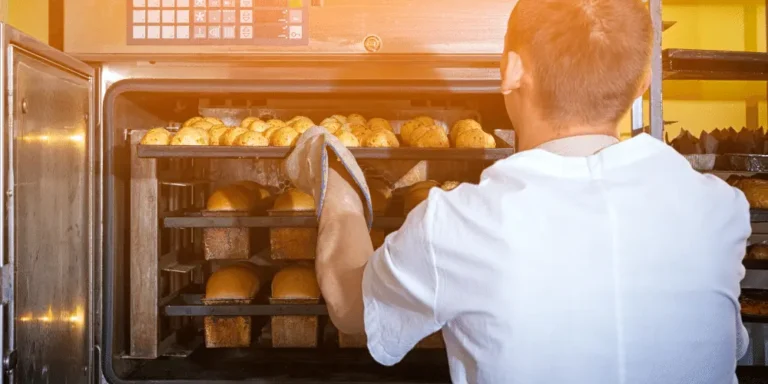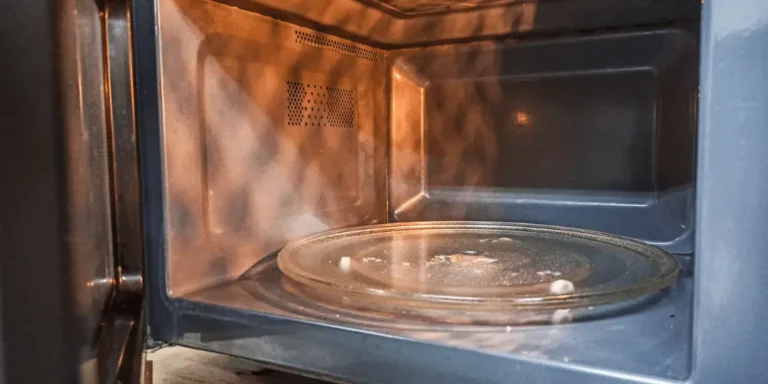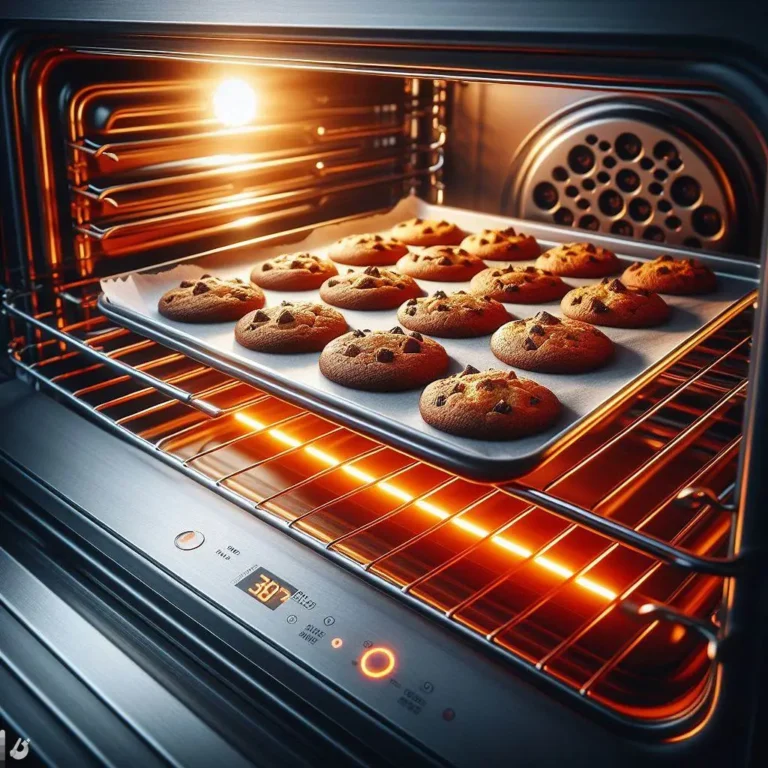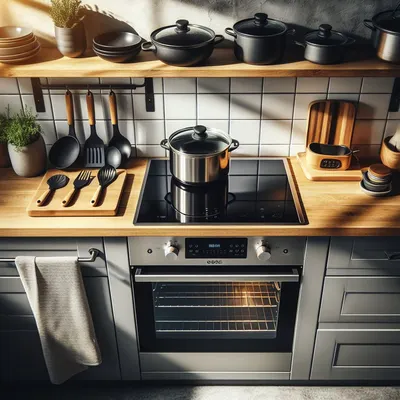Can You Microwave a Water Bottle? Everything You Need to Know
Have you ever wanted a warm beverage on a cold day but didn’t want to wait for water to boil on the stove? Microwaving a water bottle seems like a quick and easy shortcut to instant hot water for coffee, tea, oatmeal, and more. But is it safe to microwave plastic water bottles?
The short answer is: Yes, you can microwave a water bottle to heat up water quickly as long as you follow proper guidelines. Certain types of plastic bottles labeled microwave-safe will not leach chemicals when heated. However, precautions need to be taken to avoid potential risks like burning or plastic degradation.
In this comprehensive guide, we’ll cover everything you need to know about microwaving water bottles. You’ll learn which bottles are safe, microwave times, heating tips, safety precautions, and the pros and cons of using this shortcut. After reading, you’ll be able to make an informed decision about whether microwaving a water bottle works for your lifestyle.
Is It Safe to Microwave Plastic Water Bottles?
Heating plastic in the microwave runs the risk of chemicals leaching into the water. This depends on the type of plastic used to make the bottle.
The biggest concern with microwaving plastic is the potential for BPA leaching. BPA (bisphenol A) is an industrial chemical used to make some types of hard, clear plastic. Research shows heating BPA plastic can cause the chemical to seep into food and beverages. This is worrying since BPA mimics estrogen in the body and has been linked to health problems like infertility, cancer, and obesity.
To avoid BPA exposure, it’s crucial to only microwave BPA-free plastic bottles labeled as microwave-safe by the manufacturer. Pay attention to the recycling code on the bottom of the bottle – try to avoid plastic which is more likely to contain BPA or other concerning chemicals.
As long as you use BPA-free, microwave-safe bottles, the risk of leaching is low. However, microwaving any plastic comes with some safety concerns which we’ll explore next.
What Kind of Water Bottles Can You Microwave?
Glass Bottles
Glass is the safest material for microwaving water with no risk of chemicals leaching. Any glass container like a mason jar or glass water bottle can be microwaved repeatedly with confidence.
Glass’ thermal properties also make it ideal for even heating. Just remember to open the lid to allow steam to escape before microwaving.
BPA-Free Plastic Labeled Microwave-Safe
If using plastic, follow these guidelines:
- Ensure the bottle is BPA-free. Look for a label directly stating BPA-free or the recycling code #1, #2, #4, or #5.
- Check that the packaging or bottle says “Microwave-safe.” This means it was designed for microwave heating.
- Avoid bottles with recycling code #7, which may contain BPA or other chemicals unsuitable for high heat.
Reputable brands selling BPA-free, microwave-safe bottles include Camelbak, Contigo, and Thermos.
Avoid Polycarbonate Plastic
Polycarbonate plastic is not microwave-safe. It may contain bisphenol-A (BPA) and can leach this chemical when heated.
Look for the recycling code #7 on the bottom of the bottles. This type of plastic should be avoided in both microwaves and dishwashers.
Tips for Safely Microwaving a Water Bottle
Follow these precautions when microwaving water bottles:
- Remove caps, lids, and straws before microwaving. These small plastic pieces can more easily warp and melt in the microwave.
- Heat for 30 seconds to 1 minute max. This minimizes the risks of overheating, burning, or plastic degradation.
- Shake the bottle then test the temperature before drinking to avoid burns.
- Don’t let it sit after heating. Remove immediately once done to prevent potential warping, melting or leaching chemicals from overexposure.
- Avoid severe temperature changes like microwaving and then adding ice, which could cause cracking.
- Inspect the bottle for signs of damage like cracks or warped shape before reusing. Discard if any damage is spotted from prior microwaving.
By following safe microwave times and temperatures, BPA-free bottles labeled microwave-safe should not leach chemicals when heated.
Pros of Microwaving Water Bottles
Microwaving water bottles offers some advantages:
- Speed and convenience: Microwaves heat water in under 60 seconds, much faster than kettles or stovetops. This quick fix is perfect when you’re rushed in the morning before work.
- Portability: You can conveniently heat water anywhere there’s a microwave – at home, work, or in hotels when traveling.
- Warm water benefits: Drinking warm water can aid digestion, soothe sore throats, loosen muscles, and improve circulation.
As long as safety precautions are followed, microwaving water bottles is a fast way to heat water on the go. The speed and simplicity make this shortcut tempting when you need hot water immediately.
Cons of Microwaving Water Bottles
However, there are also some downsides to consider:
- Plastic degradation: Excessive heat can cause warping, melting, cracking, and breakdown of plastic over time with repeated microwaving.
- Chemical leaching: Heating could potentially cause BPA or other chemicals to seep into the water, especially if the plastic type is unknown.
- Overheating risks: Water can become scalding hot in the microwave. This raises the chance of painful burns if not mixed and tested before drinking.
- Spills: Water expanding as steam during heating can cause lids to burst open, resulting in hazardous hot liquid spills.
While microwaving water bottles can be safe when properly executed, the convenience factor may not outweigh the possible risks for some people. Let’s summarize the key factors to determine if it’s right for you.
Should You Microwave Plastic Water Bottles?
| Pros | Cons |
|---|---|
| Fast, convenient heating | Potential for plastic degradation over time |
| Portable for travel | Risk of chemical leaching if unsafe plastic |
| Provides warm water benefits | Danger of overheated water burning mouth |
| Possibility of hot spills if lid bursts off |
Given the potential safety risks, microwaving plastic water bottles is not recommended, especially if the plastic type is unknown. The safest option is using glass bottles labeled microwave-safe.
If choosing plastic, select BPA-free bottles marked “Microwave-safe” and follow the proper guidelines outlined. With vigilance, microwaving water bottles can be done safely, but precautions are required to minimize risks.
Conclusion
Microwaving a water bottle is a tempting shortcut for heating water rapidly, but it also carries risks if certain safety guidelines aren’t followed. To minimize dangers like chemical leaching and burns, only microwave BPA-free plastic bottles labeled microwave-safe for minimal time.
For guaranteed safe results, opt for microwave-safe glass bottles instead of plastic. When executed carefully, this hack can be an easy way to heat on-the-go water for coffee, tea, oatmeal, or other hot beverages.CopyRetry




